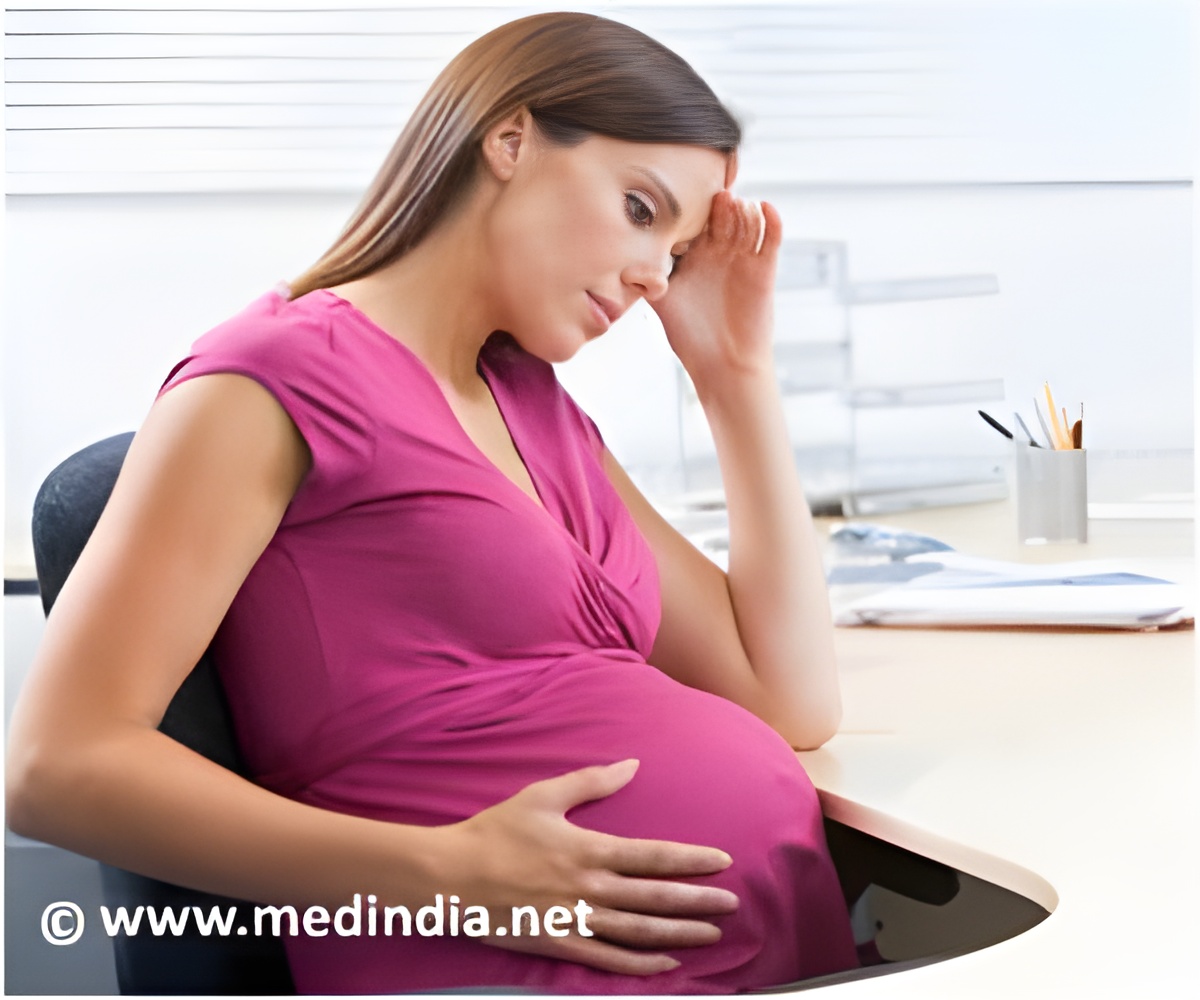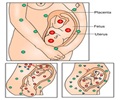
This study, which monitored the Swedish Medical Birth Register between 1997 and 2009, looked at women who had first admissions to hospital for treatment of hyperemesis gravidarum and the risk associations with later placental dysfunction disorders, compared to women with no admissions.
The study was again stratified to further look at the different risk factors in the first and second trimesters, defined as first admission to hospital before 12 weeks and first admission to hospital between 12-22 weeks.
The placental disorders monitored included pre-eclampsia, placental abruption (the premature separation of the placenta), stillbirth (fetal death at >28 weeks) and small for gestational age babies (SGA). Of the total study population (1,155,033) 1.1% of women (12,270) were exposed to hyperemesis gravidarum before 22 weeks gestation.
Compared to pregnancies without hyperemesis gravidarum, pregnancies with hyperemesis gravidarum in the first trimester showed a slightly increased risk of pre-eclampsia, but no significant associations with placental abruption and SGA birth.
The strongest risk associations were found in pregnancies with hyperemesis gravidarum in the second trimester, when compared to pregnancies without hyperemesis gravidarum. The study found that there was a doubled risk of preterm pre-eclampsia (0.6% vs 1.4%), a threefold risk of placental abruption (0.4% vs 1.1%) and a 39% increased risk of a SGA baby (2.4% vs 4%).
Advertisement
Marie Bolin, Department of Women's and Children's Health at Uppsala University, and co-author of the study said:
Advertisement
"The results indicate that pregnancies with hyperemesis gravidarum in the second trimester demand an increased alertness and supervision during the pregnancy for development of any adverse outcomes associated with abnormal placentation".
"Further research is needed to consider the best treatment and techniques for surveying blood pressure and fetal growth in these high risk women."
John Thorp, BJOG Deputy-Editor-in-Chief added:
"While the findings of this large study are compelling with strong associations found between hyperemesis gravidarum in the second trimester and placental dysfunction disorders, hyperemesis gravidarum remains a rare condition".
"As shown in the study, the time of onset of hyperemesis gravidarum influences the risks of abnormal placentation disorders, therefore women presenting during their first trimester of pregnancy should not be concerned that they will go on to experience adverse complications".
"Women presenting in the second trimester should be more aware of the risks and consult with their obstetrician for any concerns."
Source-Eurekalert














